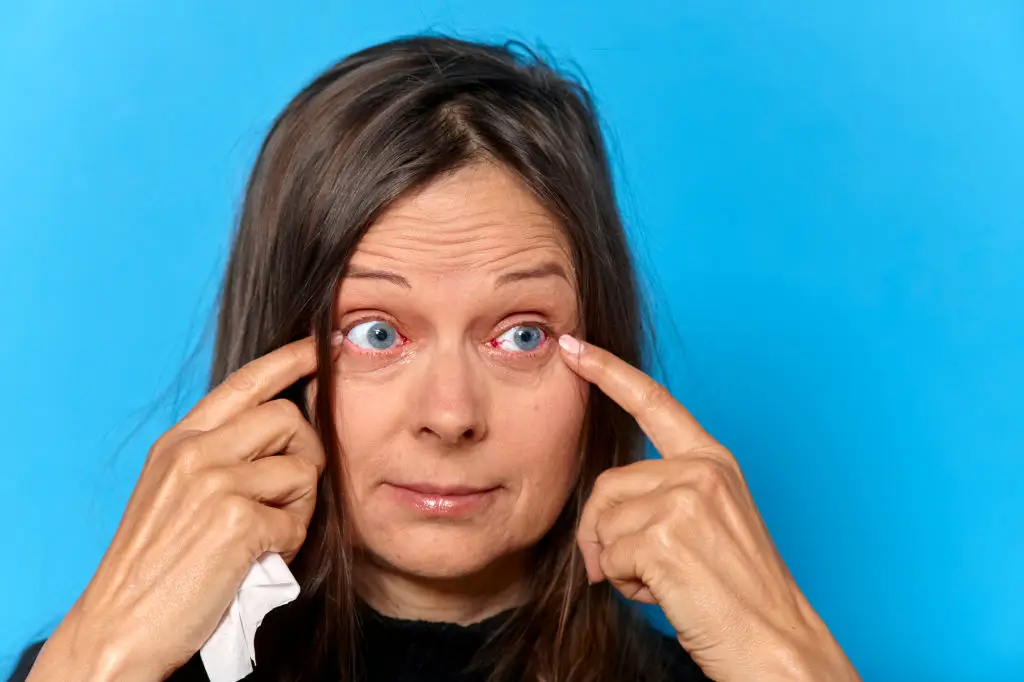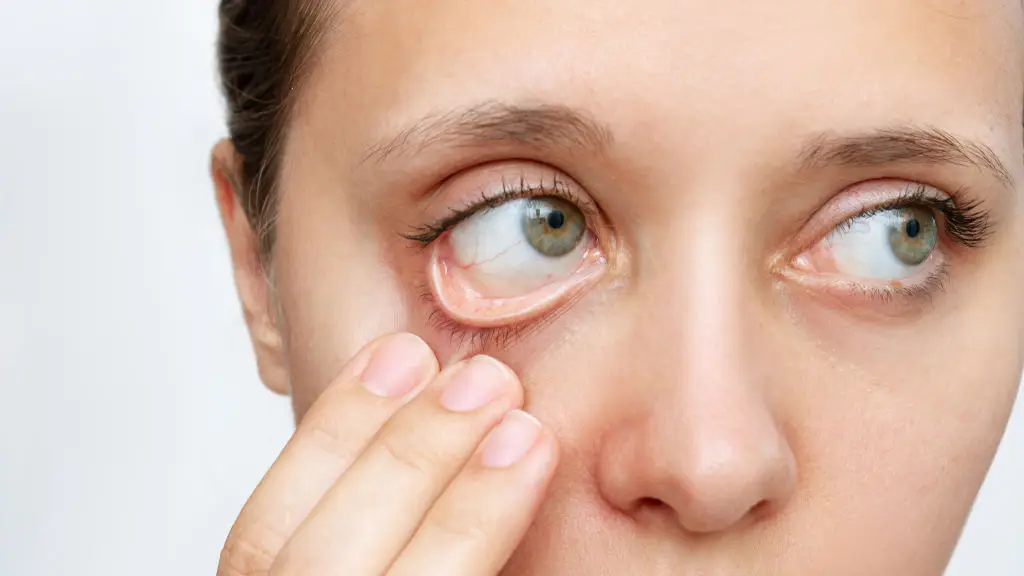Your Eyes Are a Window: 10 Warning Signs of Nutrient Deficiencies You Can't See on a Blood Test
3. Red or Inflamed Eyes: Vitamin B2 (Riboflavin) and B6 Deficiency

Eyes that look persistently red or inflamed—beyond what’s expected from allergies or tiredness—could be quietly asking for more B vitamins. Both riboflavin (B2) and pyridoxine (B6) play a role in calming the sensitive surfaces of the eyes. When these nutrients run low, blood vessels may stand out more or the eyes may look irritated, signaling the need for a nutrition reset. These symptoms don’t shout for attention, and they often come and go. But if glassy, reddened eyes have become your new normal, it may be time to bring whole grains, almonds, eggs, and leafy greens into focus. These everyday foods help maintain tissue health, improve repair processes, and support our eyes against the minor irritants of daily life. There’s no judgment here—redness happens to everyone at times—but a mindful, vitamin-rich meal could help bring a lasting sense of comfort back to your gaze.
4. Pale Conjunctiva: Iron Deficiency

When is the last time you gently pulled down your lower eyelid and looked in the mirror? The tissue inside, called the conjunctiva, should appear a healthy pink. If it looks paler than normal, your body might not be carrying as much iron as it needs. This classic anemia signal can develop quietly, especially in women and older adults, often flying under the radar of routine tests. Iron is essential for red blood cell production and, by extension, robust circulation and a lively appearance in the eyes. If you’ve noticed other fatigue symptoms along with pale inner eyelids, it might be time for an iron check-in with your nutrition. Fortified cereals, beans, lean meats, and spinach can help nourish your levels over time. It’s not something to panic over but is a subtle, helpful reminder that your body is always sending signals worth noticing and honoring.
